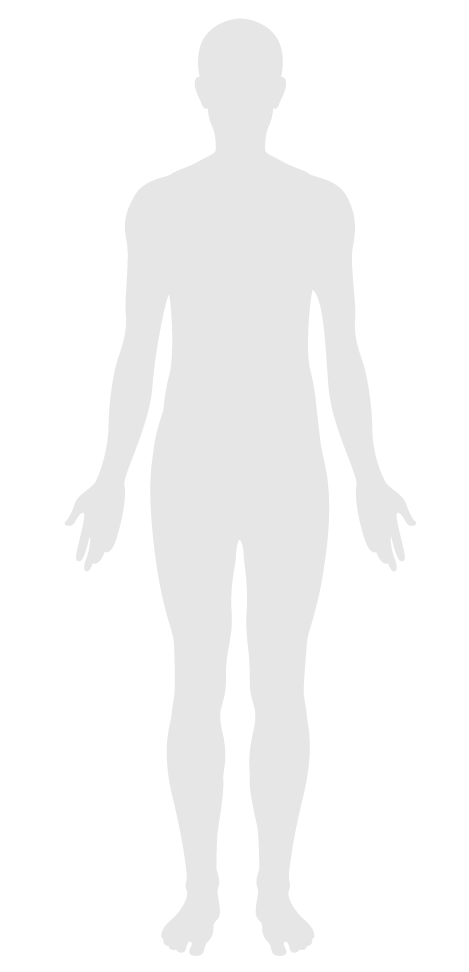Circadian emulation
Features/Light/Feature P3
- 53 Visual lighting design
- 54 Circadian lighting design
- 55 Electric light glare control
- 56 Solar glare control
- 57 Low-glare workstation design
- 58 Color quality
- 59 Surface design
- 60 Automated shading and dimming controls
- 61 Right to light
- 62 Daylight modeling
- 63 Daylighting fenestration
- P2 Light at night
- P3 Circadian emulation
Circadian emulation
Intent:
To provide light which has intensity and spectrum similar to that of the daily changes of sunlight.
BACKGROUND
Many animals evolved to adapt to the diurnal cycle by using light as a cue for activity and rest. Subtle changes in light quality over the day help modulate the intensity of activity, levels of alertness and preparation for sleep. The power of home lighting can be strengthened by automating the selection of light type according to the time of day and by managing the spectral power distribution of light over the day to more closely resemble the solar cycle. This feature uses the equivalent melanopic lux unit defined in feature 54.
In all bedrooms, bathrooms, and residential rooms with windows, the lighting system meets the following requirements:
a.
Allow users to set a "bed time" and a "wake time".
b.
If lights are turned on in the interval spanning "wake time" and 2 hours before "bed time", they provide a maintained average of at least 250 equivalent melanopic lux.
c.
If lights are turned on in the interval spanning 2 hours before "bed time" and "wake time", they provide a maintained average of 50 equivalent melanopic lux or less.
In all bedrooms, the lighting system or a standalone device meets the following requirements:
a.
Allow users to set a "wake time".
b.
Gradually increases light (as measured at the bed, viewing the light) from 0 to at least 250 equivalent melanopic lux over the course of 15 minutes or longer.

